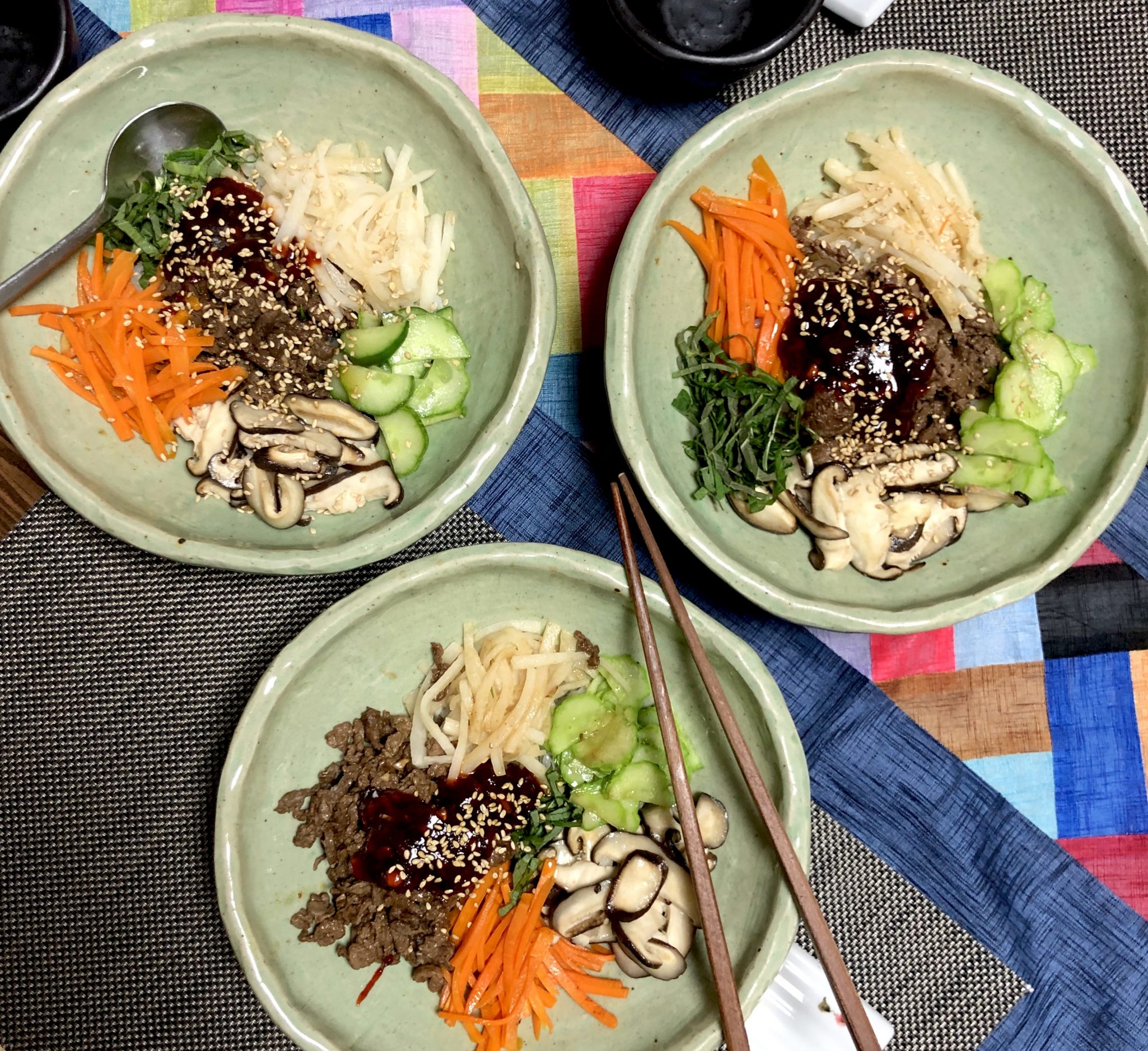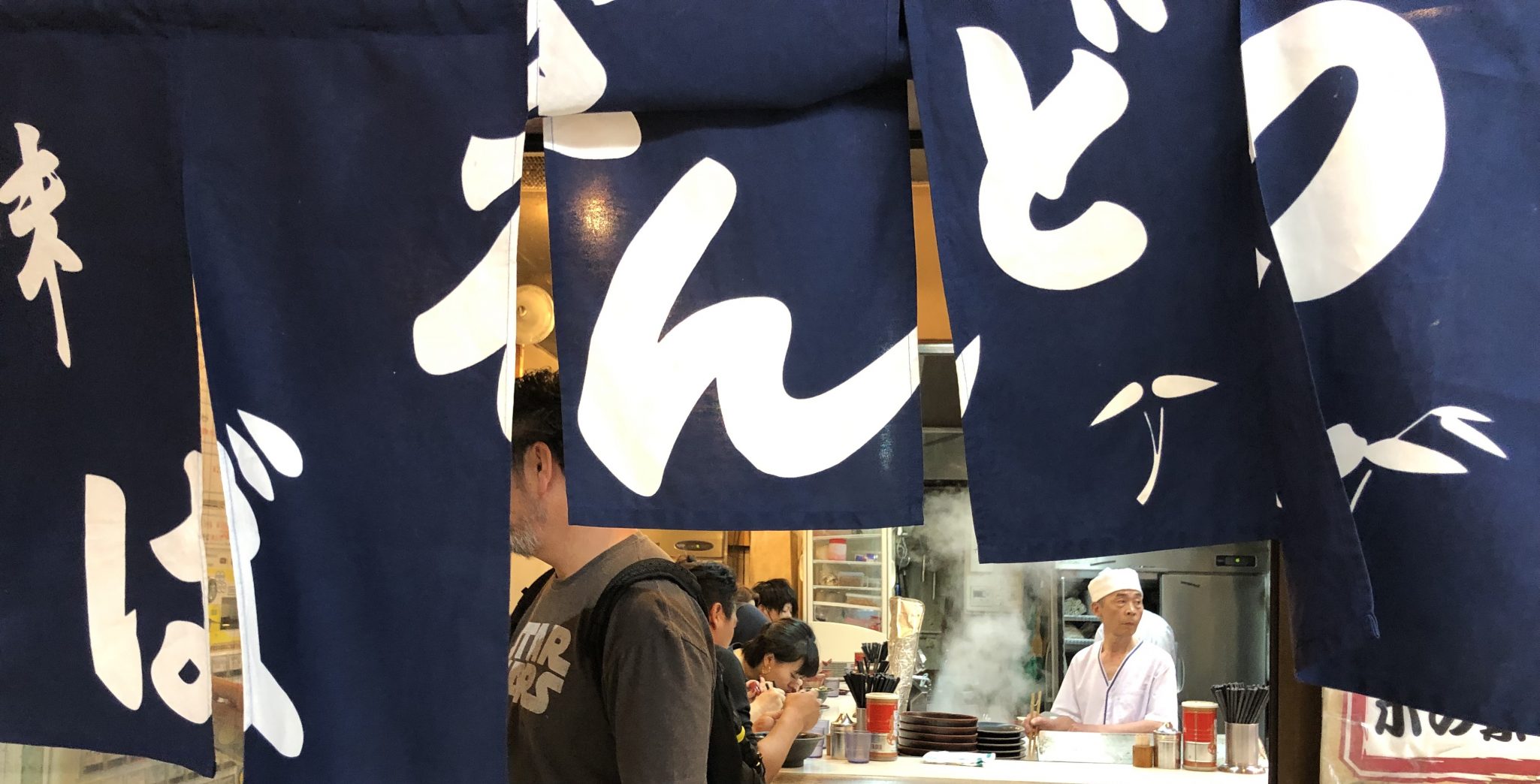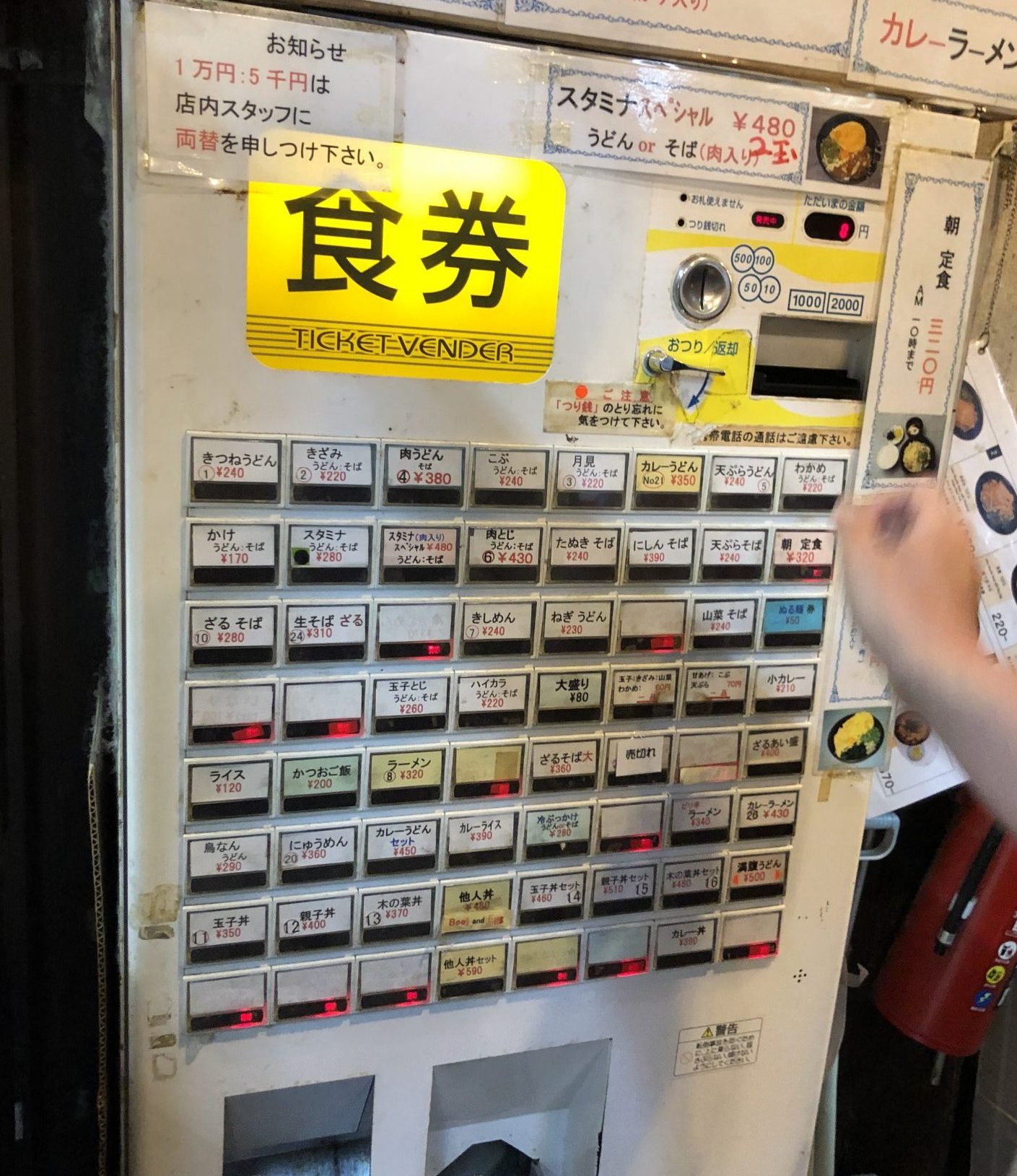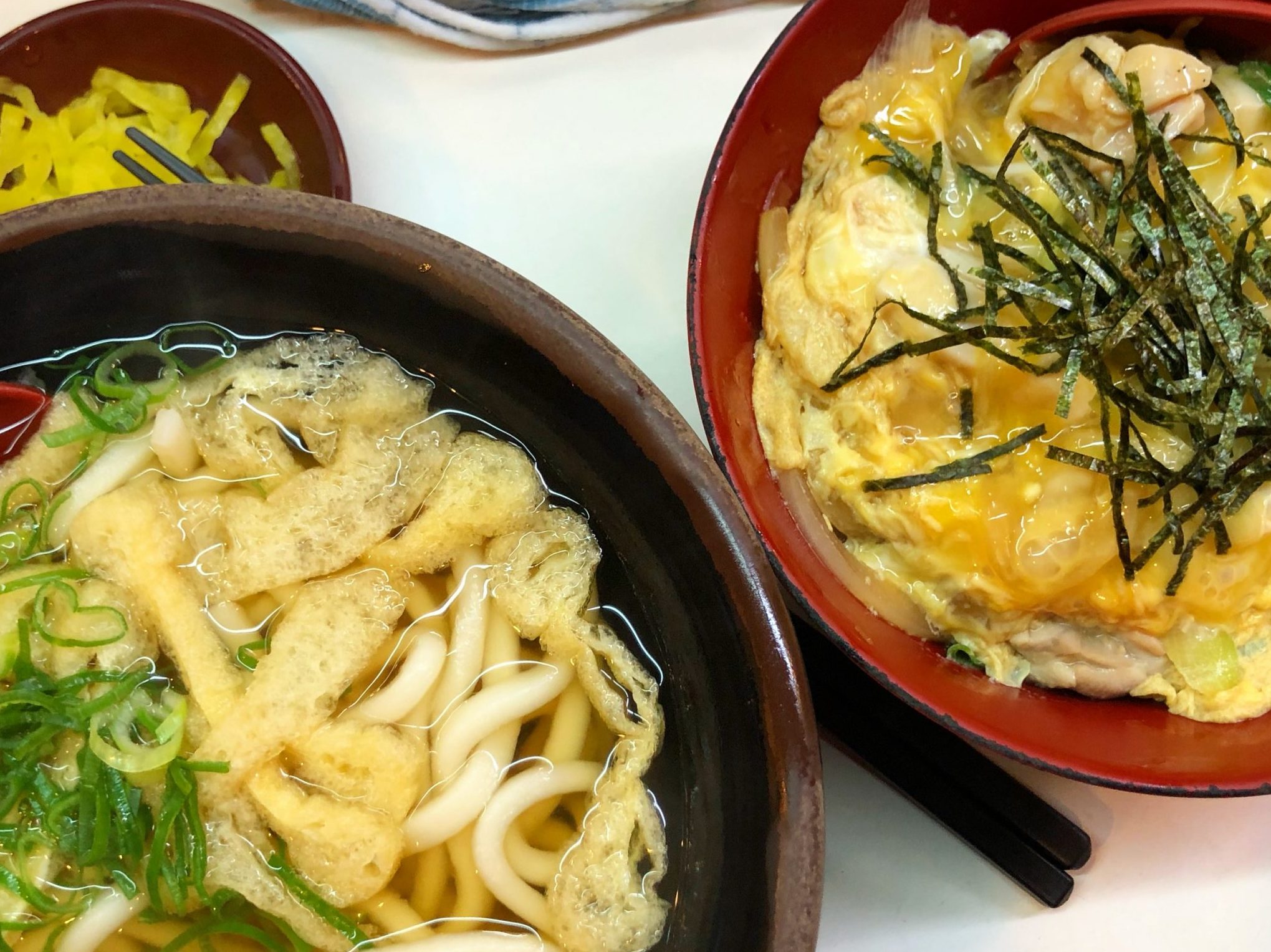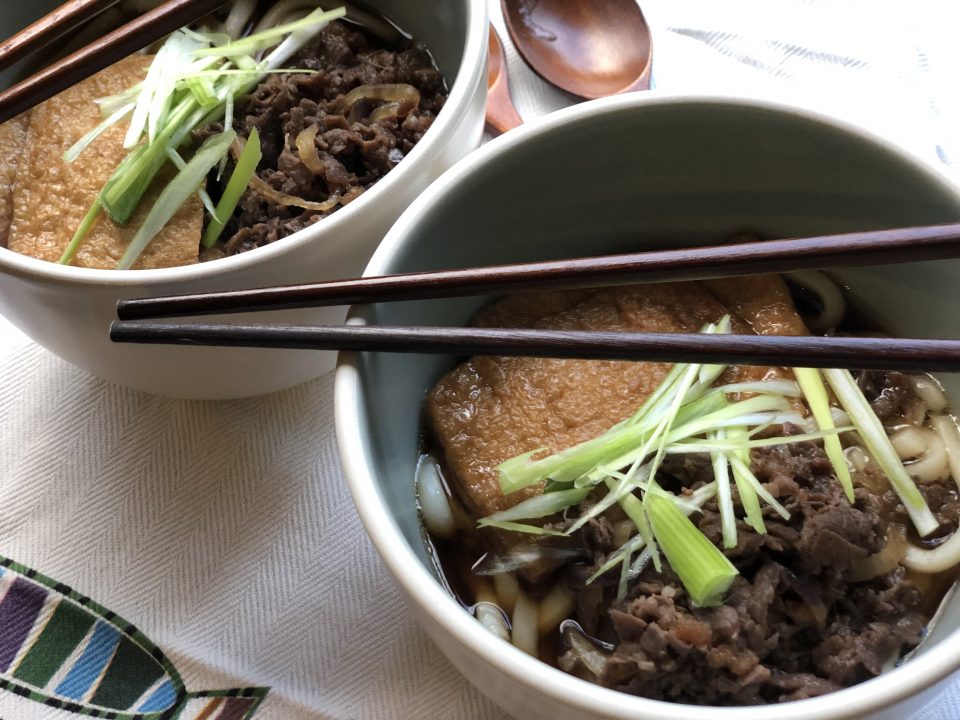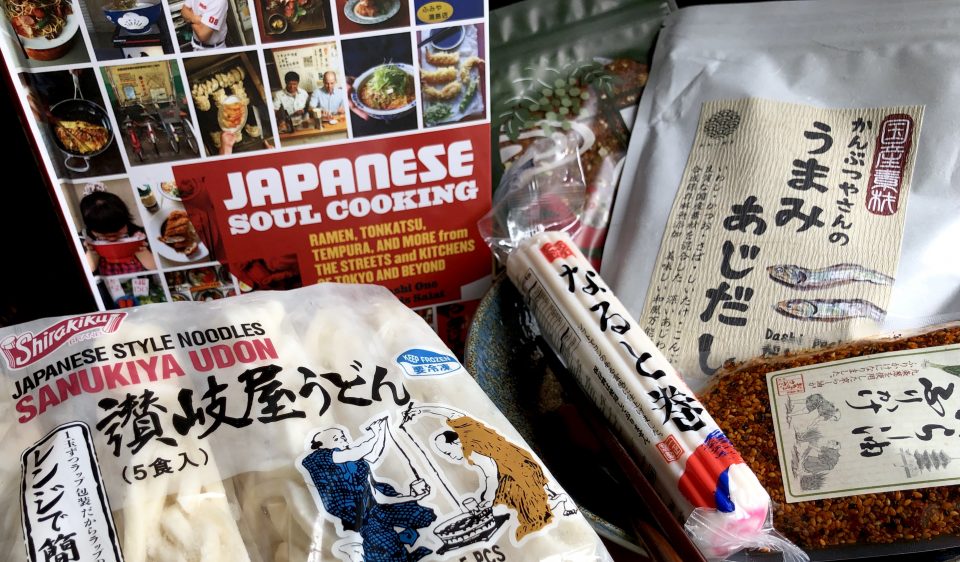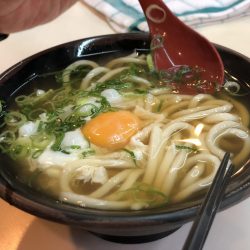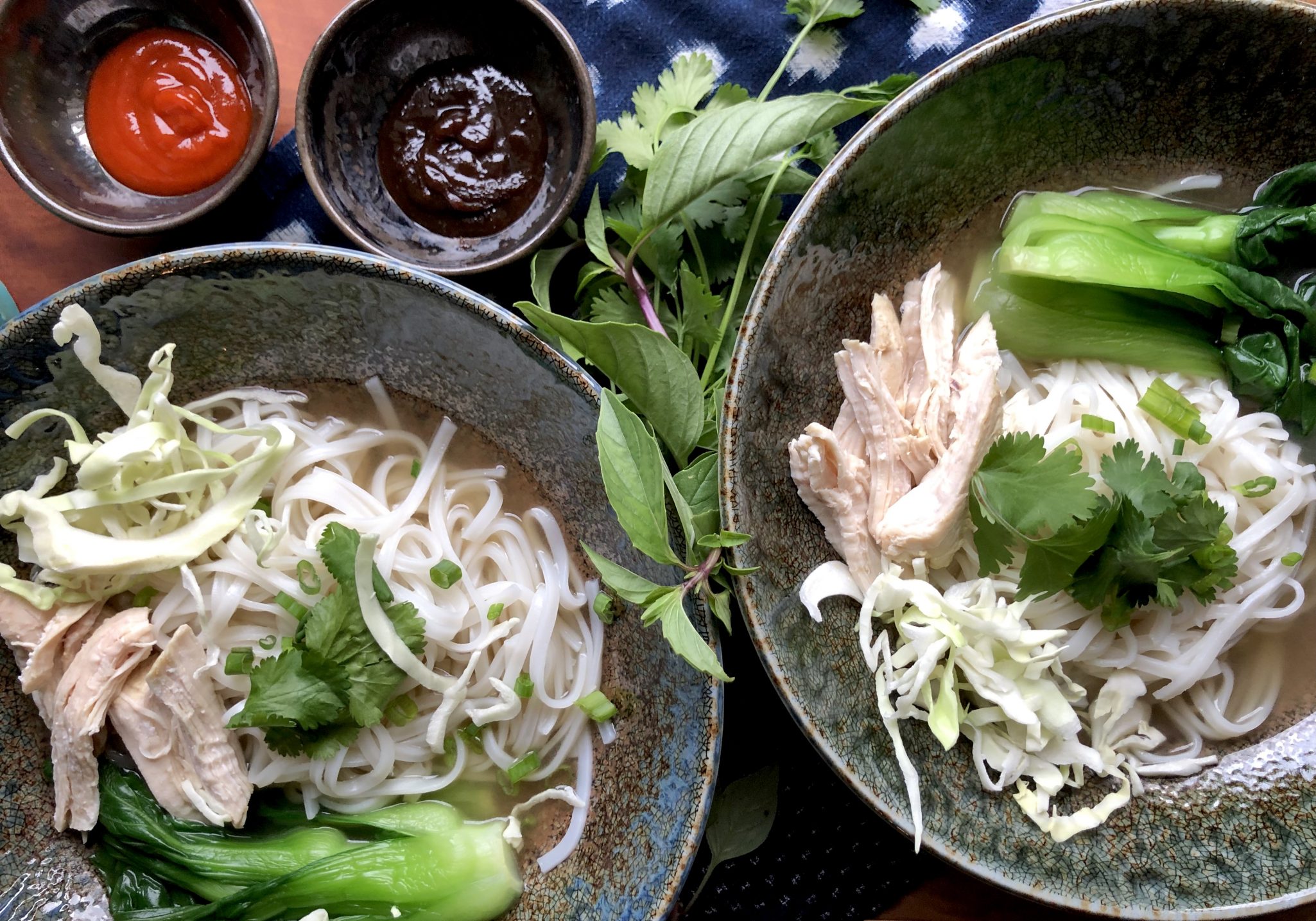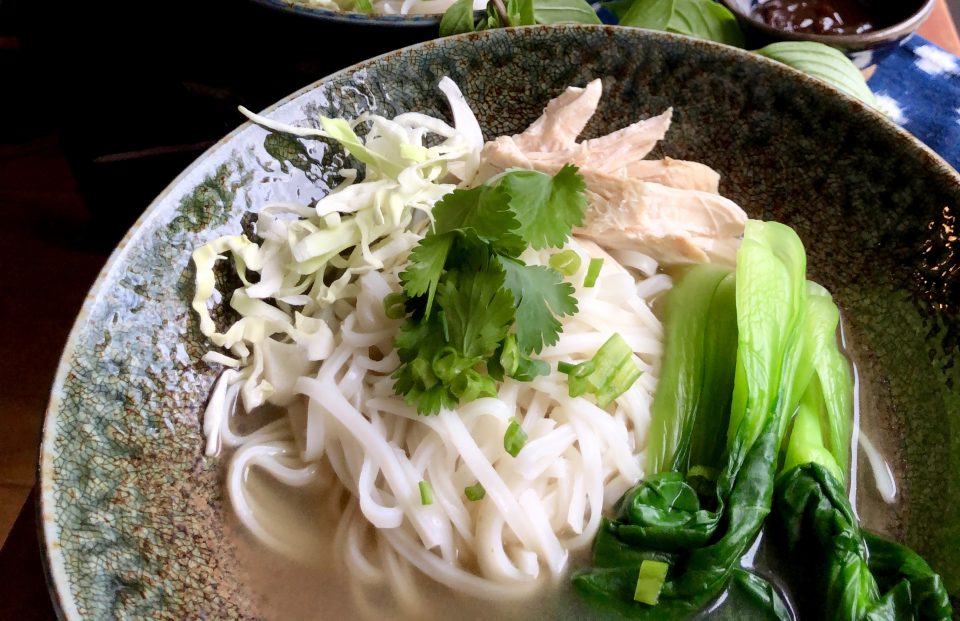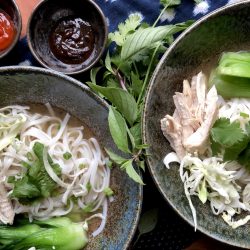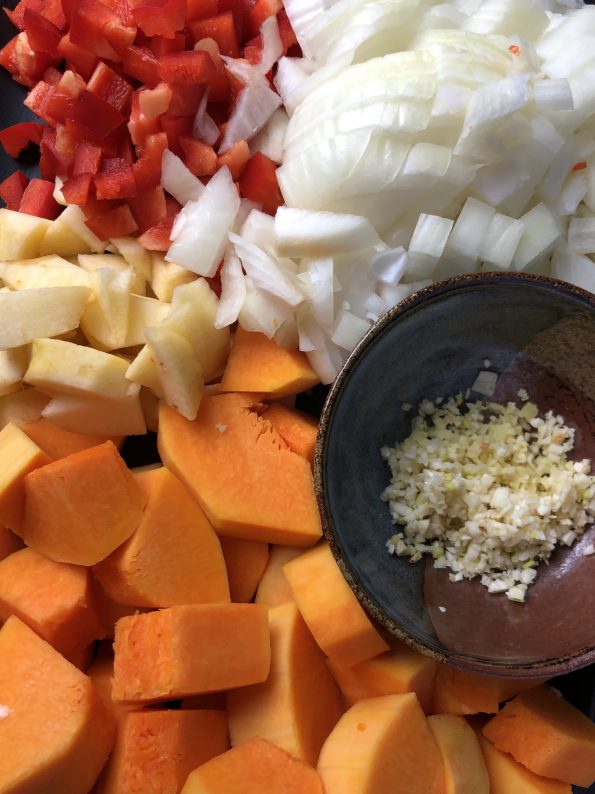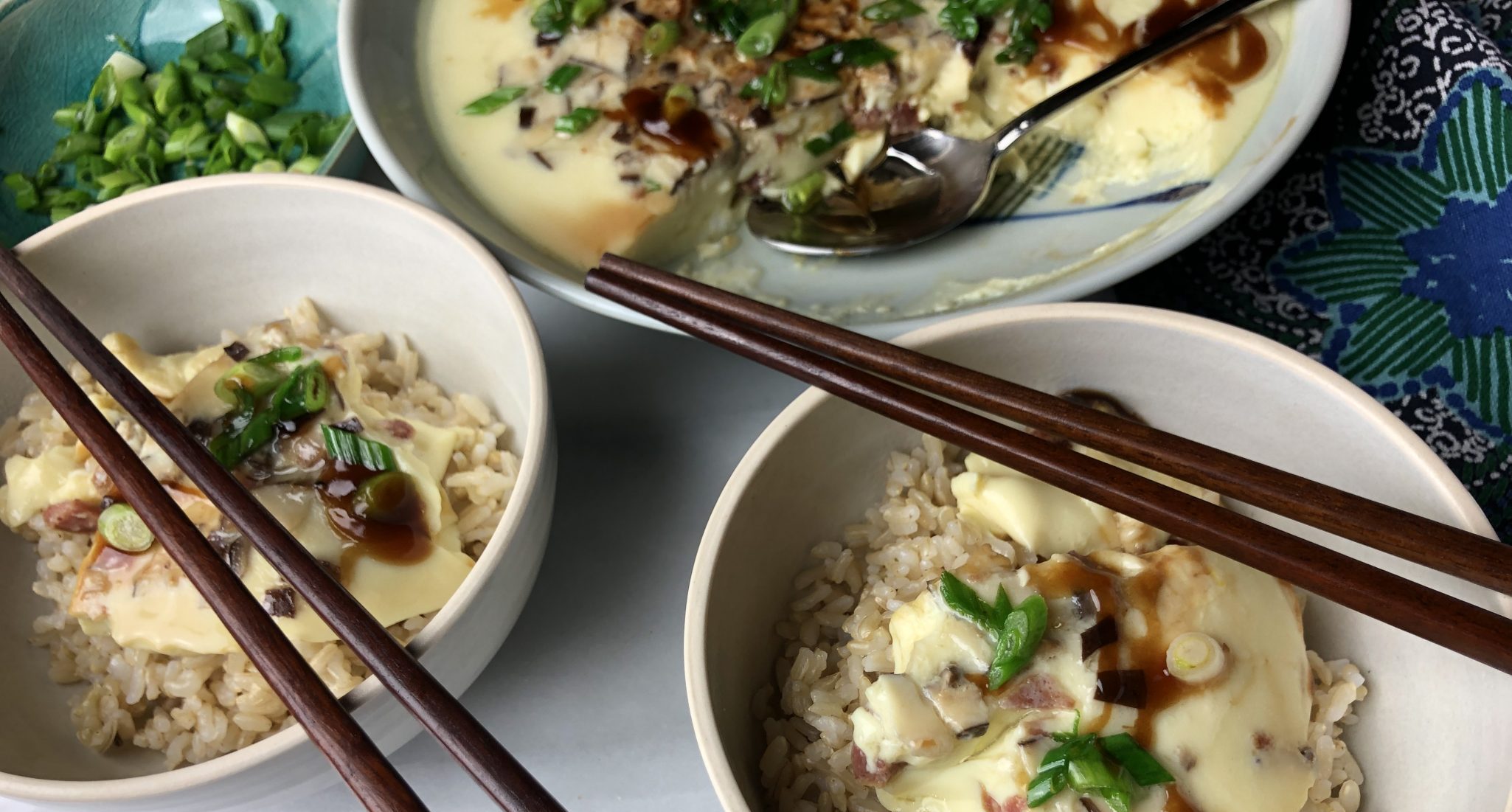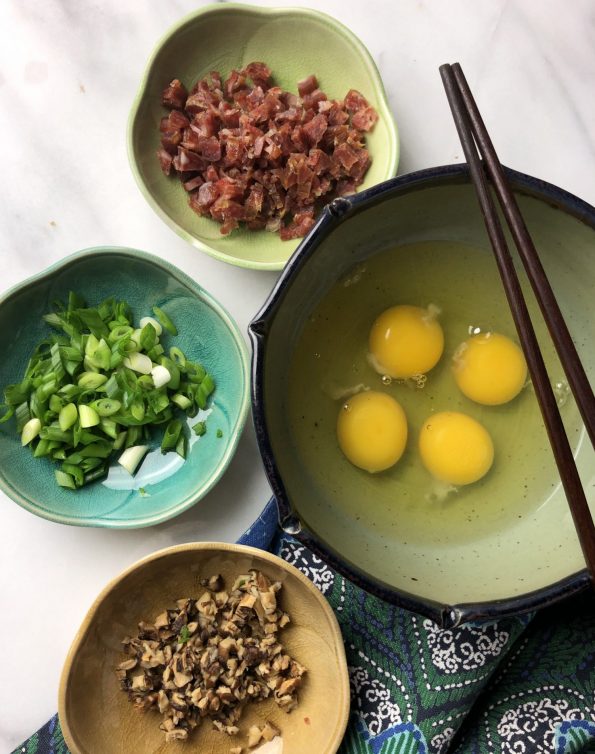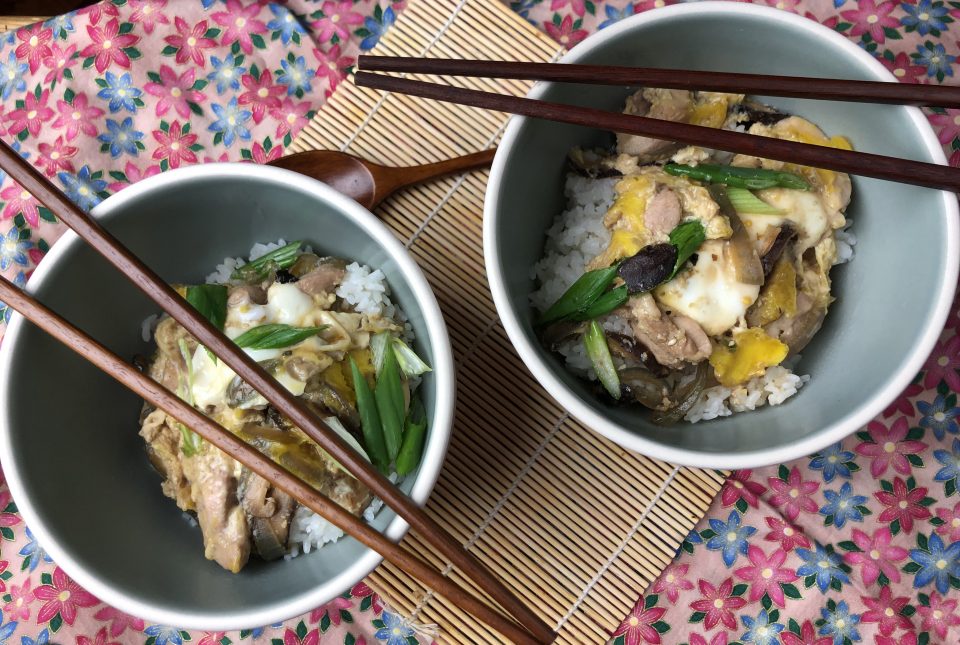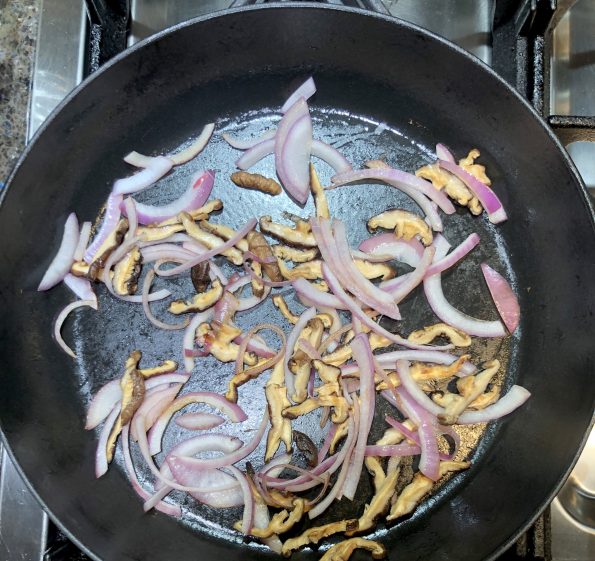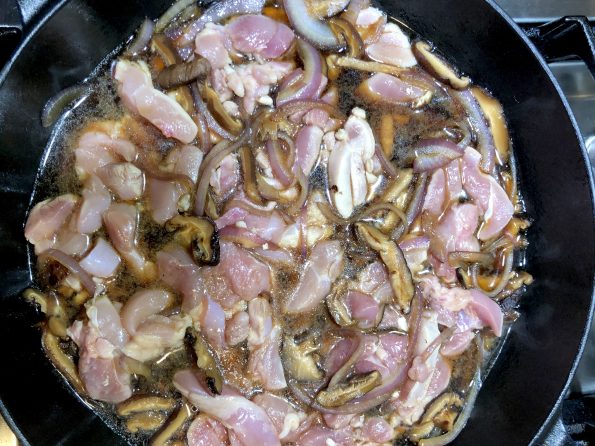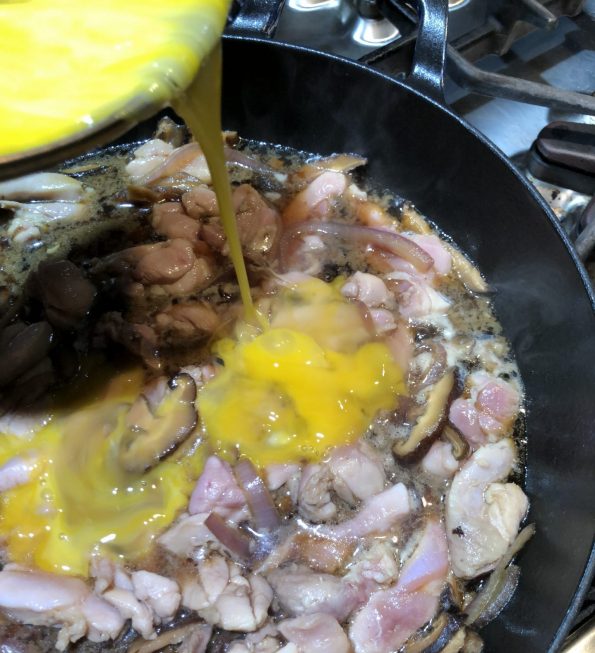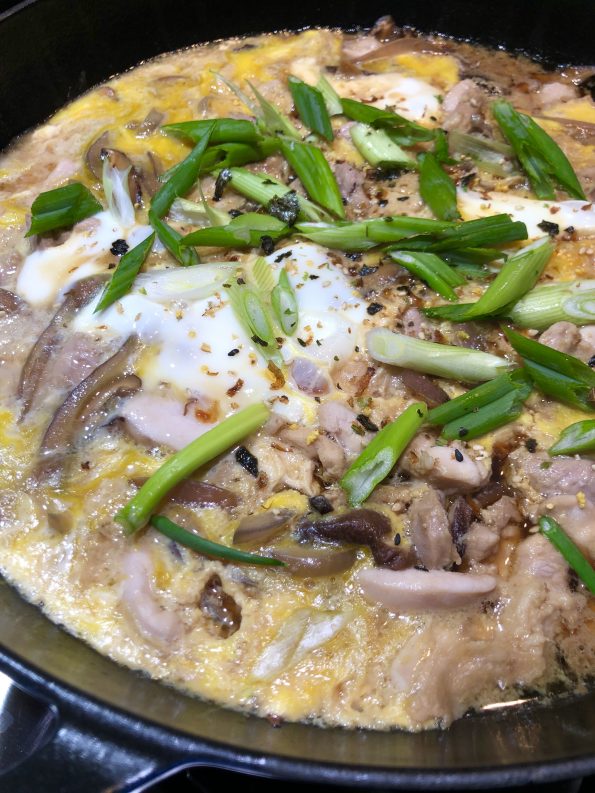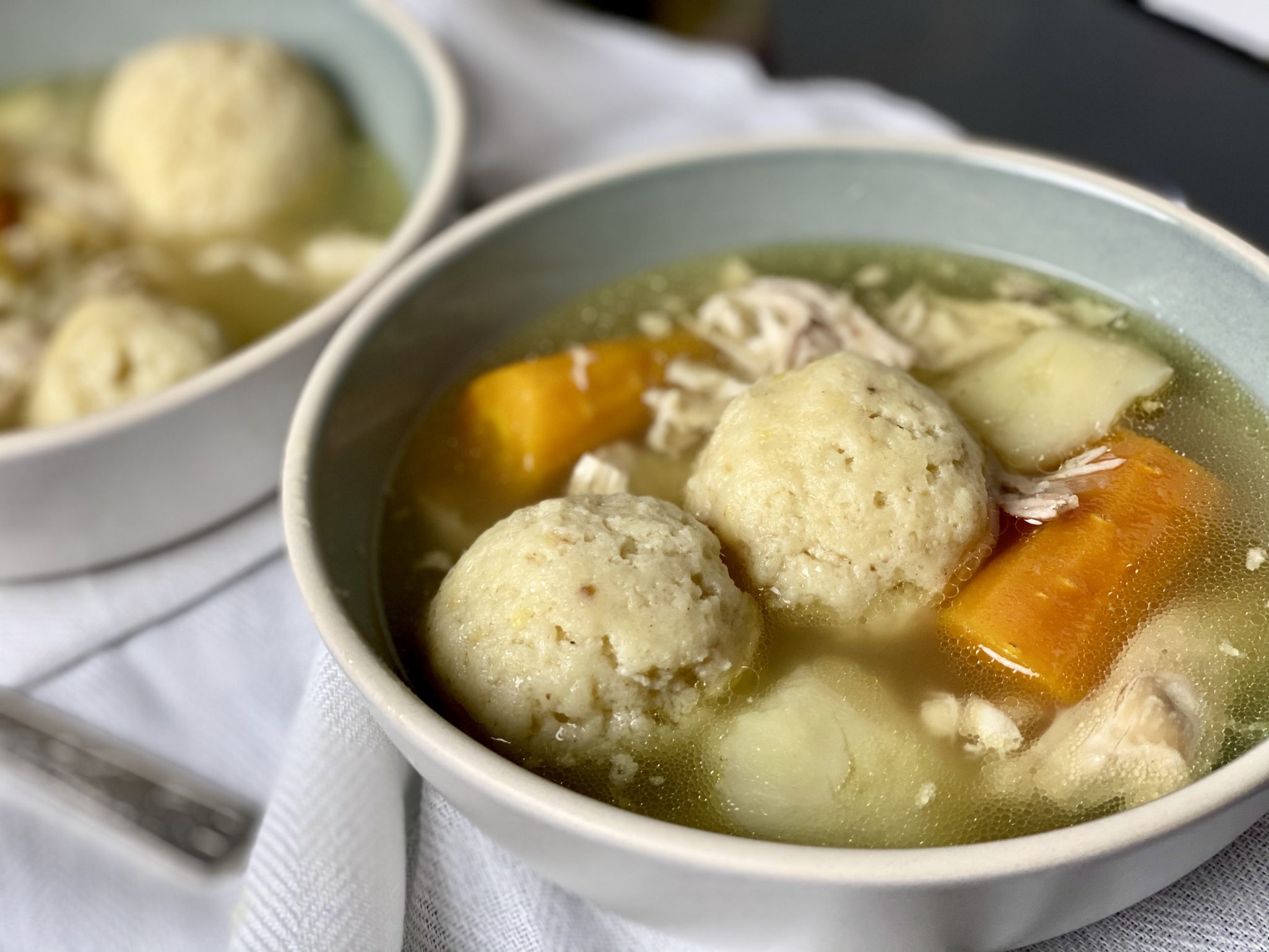
Melting Pot, Instant Pot, Matzo Ball Soup
In the time of COVID-19 seems like we are all craving comfort food. I find myself yearning for dishes like soups, stews, foods from my childhood, and all things carb seems to be my mantra. Apparently, I’m not the only one, bread baking has become a national pastime making it really difficult to find flour and yeast.
My cooking and baking reflect my Californian roots. A typical day “in the life of” will find us having an All-American breakfast of bacon and eggs, followed by a Carne Asada Burrito or lamb shawarma for lunch, and sushi or pho for dinner. I’m lucky to live in such a diverse community-a melting pot.
Hmmm, ultimate comfort food. Let the Soup Games begin
On an overcast, gray day last week, I had a hankering for a big steamy bowl of soup. I had just wished friends a Happy Passover so I had matzo ball soup on the brain. I pulled out a fresh chicken from the Korean grocery store, a variety of vegetables I had picked up at the Farmer’s Market, and my Instant Pot.

Insta-Matzo Ball Soup-Pot
The recipe from Spruce Eats (another great site!) for Instant Pot Matzo Ball Soup served as the basis for my soup. I started with a small fresh whole chicken 2.5-3 pounds and lots of vegetables including onions, carrots, celery, leeks, garlic, and potatoes, feel free to use whatever vegetables you like. Add the chicken, cut vegetables, and seasonings to your Instant Pot, turn the lid and close the vent. Set the timer to 25 minutes. Voila, that’s it, easy-peasy. Note, it will take a while to get to pressure, approximately 20-25 minutes in addition to the cooking time of 25 minutes. Once it is done, let the pot natural release for 15 minutes. You can also use cut-up chicken for the stock, I prefer a whole chicken. Don’t limit yourself to Matzo Ball soup. This is killer chicken soup, throw in a handful of rice or pasta instead of matzo balls-delicious alternatives.

Two Schools
Do you like your matzo ball soup with just broth and matzo balls? When I was a student in LA, a LONG time ago, I loved going to Canter’s Deli on Fairfax. An iconic joint, a classic Jewish deli, with great sammies (Killer Reuben) and traditional matzo ball soup-just rich savory broth and a giant matzo ball. After a long night of studying, a bowl of soup at Canter’s was always a treat.
BUT, if you like lots of STUFF in your soup (which I am a big fan), remove the chicken and veggies when the stock is done. Let the chicken cool so you don’t burn your tootsies when shredding it. Cut the reserve veggies into bite-sized pieces. Set the shredded chicken and cut veggies aside to add to the stock later. This transforms your soup into a substantial meal. A glass of wine, a slice of homemade bread to go along…now you’re talking.
While the Instant Pot is doing its thing, make your matzo balls. I could lie and post a recipe for homemade matzo balls but I won’t…..I USE A BOX MIX and I’m not afraid to admit it. A tweak I learned from a friend is to use one whole egg and two egg whites in place of two whole eggs-lighter, fluffier matzo balls. Use an ice cream scoop to portion your matzo balls. To shape each ball and make the outside smooth, roll each one by hand. Wet your hands so the matzo balls don’t stick to them while rolling.
Remove the chicken and vegetables when the stock is done. Switch the Instant Pot to saute’, and bring it to a boil. Add your matzo balls, bring it back to a boil then reduce the heat to low. Cover and cook for an additional 20 minutes. Add reserved shredded chicken and vegetables to warm. Ladle out all that goodness into bowls and enjoy!

Instant Pot Matzo Ball Soup
Equipment
- Pressure Cooker
Ingredients
Chicken Stock
- 1 whole chicken about 3 pounds with bone and skin, sub 2.5 pounds of chicken thighs
- 8 cups water
- 4 ribs celery with leaves, cut into 2-inch lengths
- 1 onion, large, chopped or use a combination of leeks and onions
- 4 carrots peeled, cut into 1-inch chunks
- 1 potato, peeled and cut into quarters Yukon Gold
- 4 cloves garlic peeled and smashed
- 4 sprigs parsley
- 1 bay leaf large, or 2 small leaves
- 2 teaspoons kosher salt or to taste
- Black pepper freshly ground, to taste or as desired
Matzo Balls
- 3 large eggs divided 1 whole egg, 2 egg whites
- 2 tablespoons vegetable oil use chicken schmaltz or duck fat
- 1 pkg matzo ball mix manischewitz matzo ball mix
Instructions
- Place the chicken in Instant Pot, followed by the water, celery, onions, carrots, potato, garlic, parsley, bay leaf, kosher salt and pepper. Lock the lid in place and turn the valve to the sealing position.
- Select the manual setting, high pressure, and set the timer for 25 minutes. When the time is up, let the pressure release naturally for 15 minutes. Carefully release the remaining pressure.
- Meanwhile, prepare the matzo ball mixture as the chicken and vegetables are cooking.
- In a large bowl, whisk the 1 egg and 2 egg whites until slightly beaten. Add eggs, vegetable oil or fat to matzo mix and stir to combine. Refrigerate mix for 15 minutes.
- Use an ice cream scoop to portion out matzo balls. With moistened hands, further shape the matzo mixture into small balls. You should have about 10-12 matzo balls. Refrigerate until ready to cook.
- Carefully remove the chicken and vegetables to a large bowl and set aside. Strain the broth through a fine mesh strainer, discarding the solids (garlic pieces, leaves, etc.) keep carrots, potatoes and onions.
- Pour the broth back into the Instant Pot; set it on sauté and bring to a boil.
- Drop the matzo balls into the boiling broth, add additional veggies at this point. Turn the sauté function to the low setting. Cover the pot and simmer the matzo balls for 20 minutes.
- As the matzo balls cook, dice the reserved cooked vegetables. Remove the chicken from the bones and discard the skin and bones. You don't need all of the chicken for the soup. You could reserve breast meat for chicken salad or a pasta dish.
- Shred the chicken. Return the chopped vegetables and chicken to the broth with the matzo balls and heat through.
- Ladle soup into bowls. Include two to three matzo balls to each serving.
- Remove leftover matzo balls from the soup and refrigerate them in a separate container.
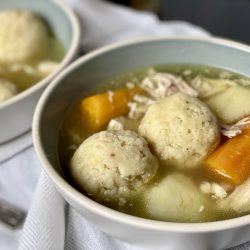
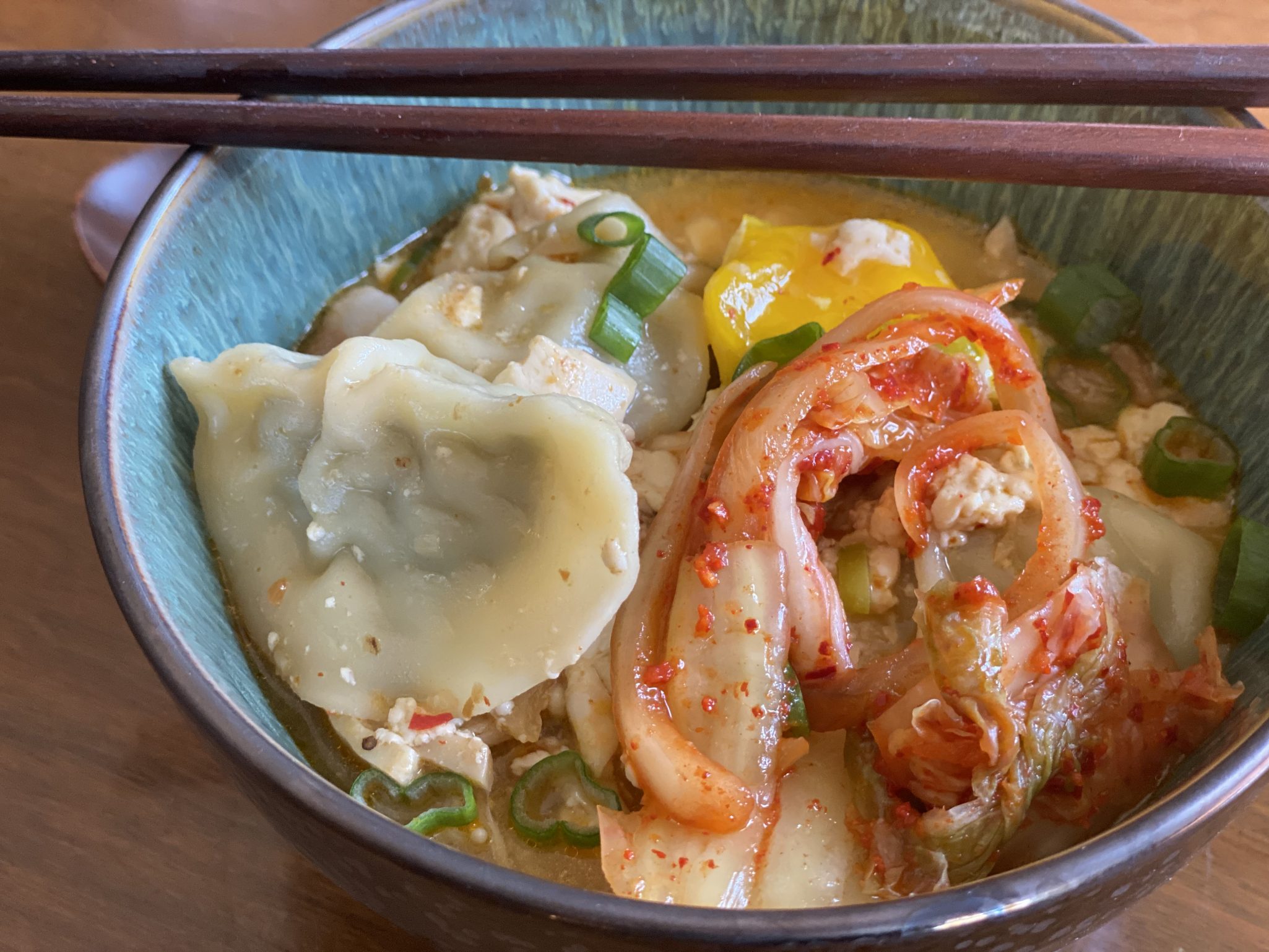
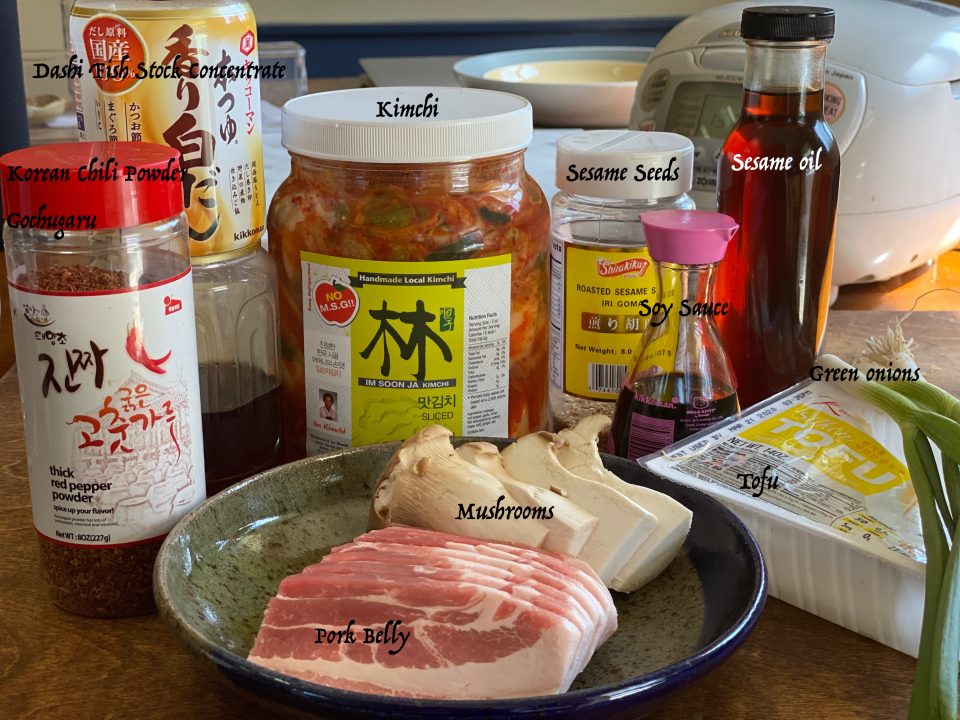

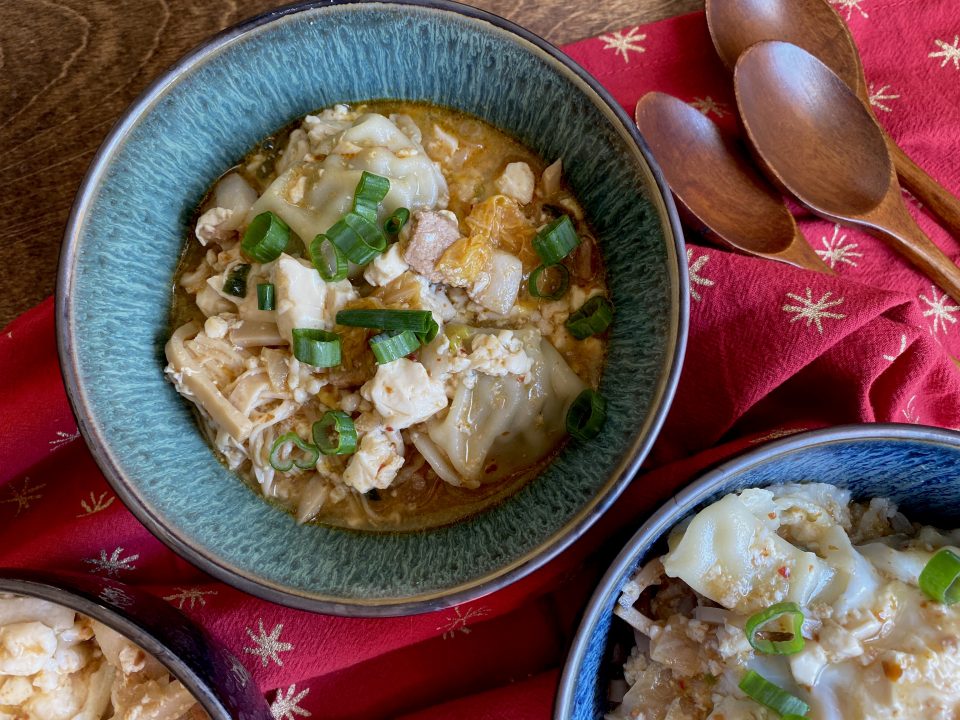
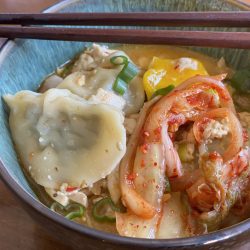

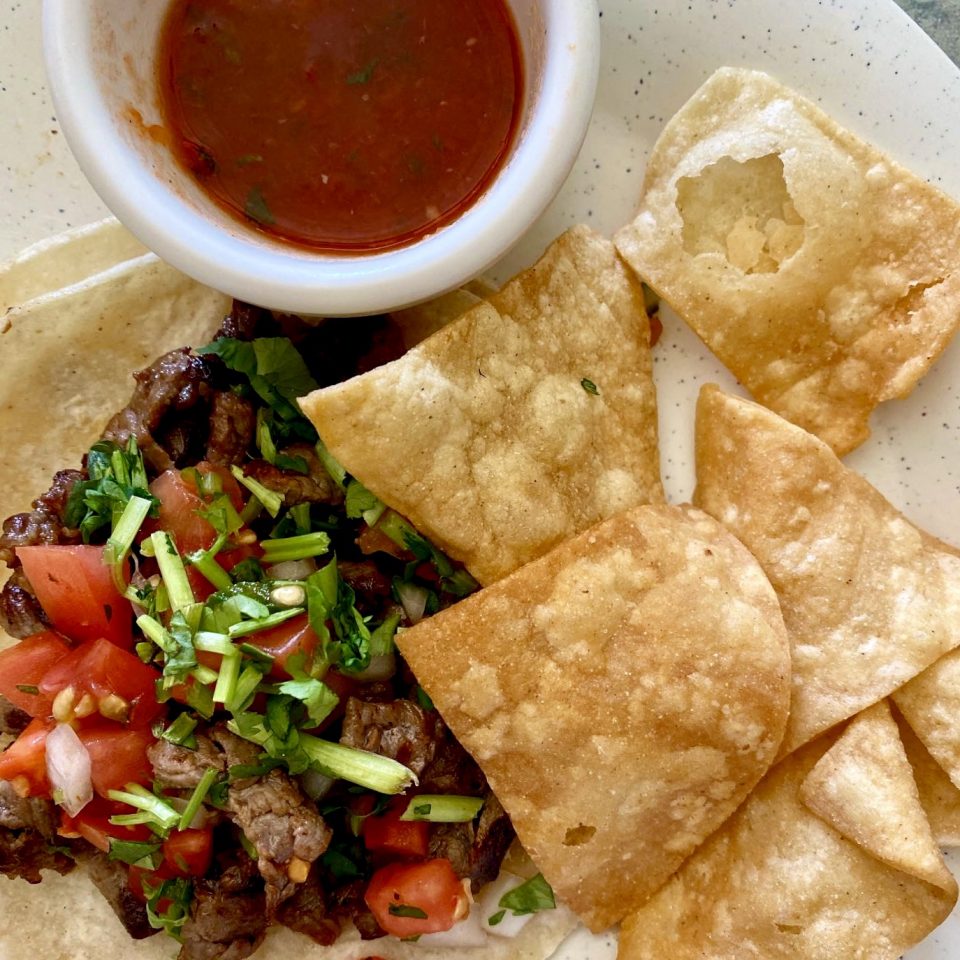
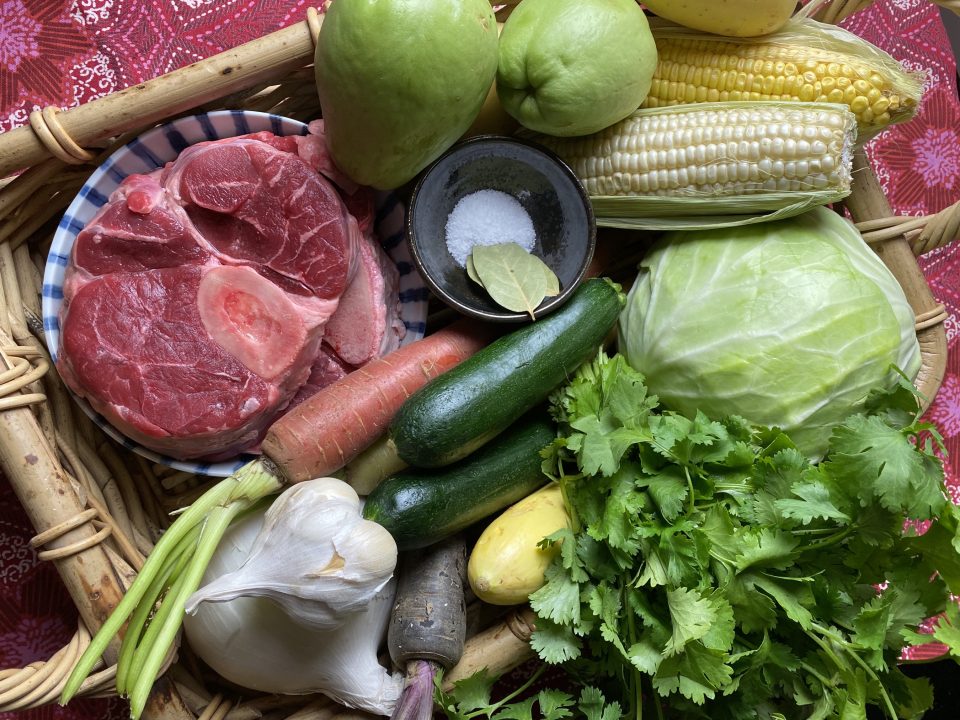
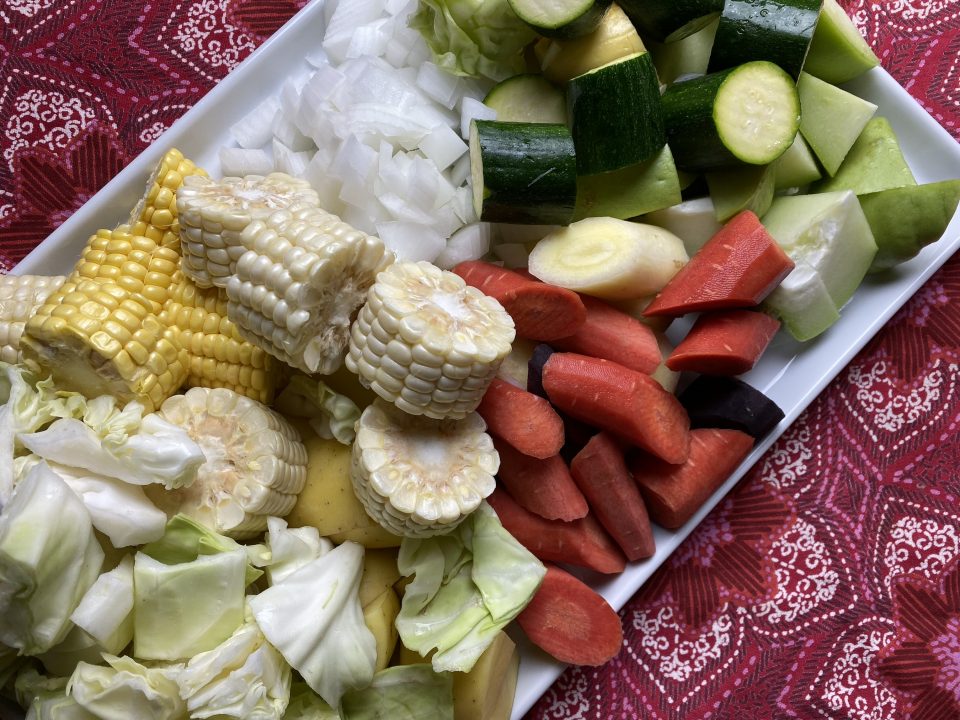

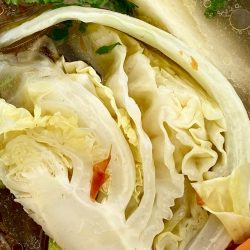

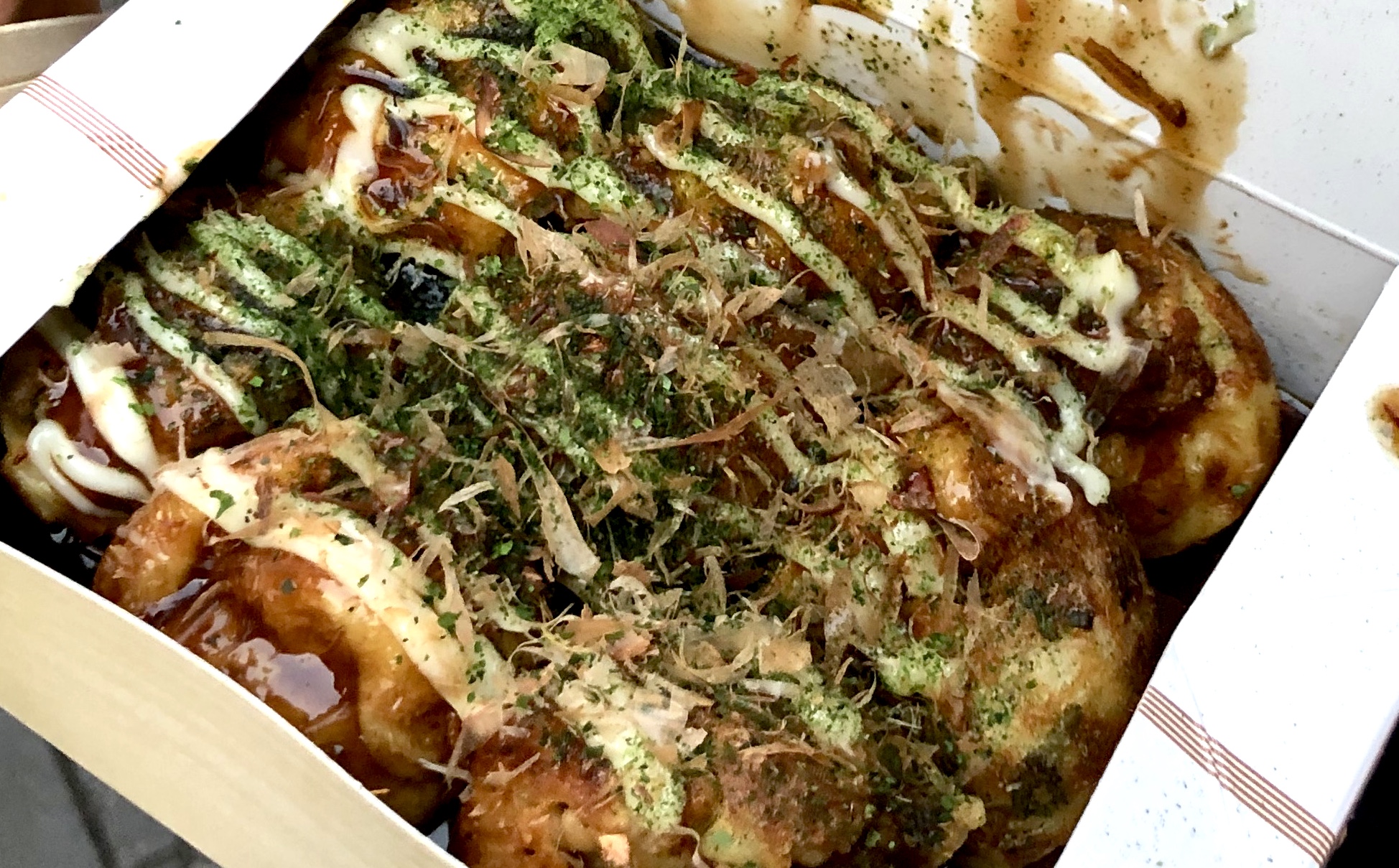
 Early morning at a local street market
Early morning at a local street market Our cooking class with Joungy began with a visit to the market to buy ingredients, a Korean Veggie primer!
Our cooking class with Joungy began with a visit to the market to buy ingredients, a Korean Veggie primer! I was mesmerized watching this gentleman grind chili peppers into Gochugaro powder.
I was mesmerized watching this gentleman grind chili peppers into Gochugaro powder.
